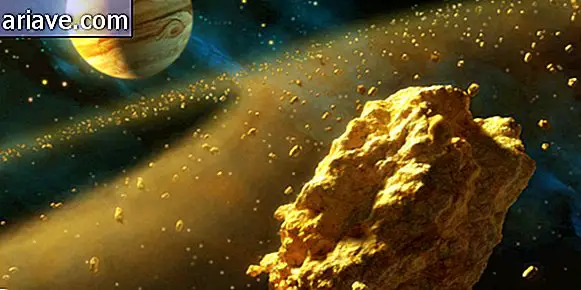NASA Releases Mercury Image Like You Never
If you thought that Mercury - the planet that, besides being the smallest in the Solar System, is closest to the Sun - was just a dull gray celestial body, take a look at the image above, released by NASA. According to the BBC, it is a color map of the planet, created from thousands of images captured by the Messenger spacecraft during its first year in orbit around Mercury.
According to the publication, the probe's camera has special filters ranging from blue to near infrared and, through computer-based processing of these images, scientists are able to accentuate the very subtle but real color differences present on the surface. Mercury. Thus, the map brings an exaggerated representation of the planet, aiming to highlight the variations in the composition of its rocks.
Colored surface

As NASA scientists explained, the orange-colored areas represent volcanic plains, and the deepest blue tones are areas rich in an opaque mineral of unknown composition. Already the lighter shades of blue and white show more recently formed craters, and the large circular area that appears in the upper central region is a basin known as Caloris, which is actually a huge impact crater.
So far, Messenger's mission has been a real success, with numerous surprises about Mercury. These include the planet's rich volcanic history, as well as the abundant presence of potassium and sulfur on the surface, two volatile elements that should not exist in large quantities due to Mercury's proximity to the Sun. of the plains full of opaque minerals.
In addition, the researchers also found that the planet has ice inside some craters, and that Mercury has polar ice caps, something no one ever thought possible.











